A central goal of Saudi Arabia’s ambitious Vision 2030 is to boost religious tourism in the Kingdom to help reduce its dependence on oil income. Deputy Crown Prince and Defense Minister Muhammad bin Salman, the architect of Vision 2030, has pressed to encourage more pilgrimages to the two holy cities of Mecca and Medina year-round, in addition to during the annual Hajj. Next year, the Kingdom will take a major step toward increasing tourist capacity by opening the world’s largest hotel, in Mecca. While all Muslims—Sunnis and Shiites—are welcome to make their pilgrimage, the Saudis made it considerably harder for Iranians to get the necessary visas when they broke relations with Tehran a year ago.
With 10,000 rooms and 70 restaurants, the Abraj Kudi hotel will be a major symbol of Saudi wealth in Mecca. The hotel has twelve towers and is 45 stories high. There are four helipads on the roofs of four towers. A shopping mall, ballroom, and conference center add to the five-star luxury. Five stories of the hotel will be available exclusively to members of the royal family. The cost of the project is more than $2.5 billion.
The hotel is only the latest mega project in the holy city. The Abraj al Bayt clock tower was completed five years ago: it’s the largest clock tower in the world, and the second-tallest building in the world. It towers over the holy Kaaba with a complex of hotel rooms, a shopping mall, and restaurants. Suites with a view of the Kaaba are $5,000 a night at the peak of the Hajj.
In nearby Jedda, the Kingdom Tower is under construction and plans to become the tallest building in the world at one kilometer high. It’s due to be completed in 2020, but has been plagued by funding shortages.
Other big projects in the holy cities have also been slowed by the fall in oil prices. The Saudi economy needs oil prices of $80 per barrel to fund the welfare state and the defense budget. Otherwise, the Kingdom has to draw down its reserves. For two years, the Saudis have been spending their reserves to make up the budget deficit.
The huge projects in Mecca have their critics, who argue that the historical character of the city is being destroyed by relentless construction. Sights traditionally associated with the Prophet Muhammad and his family and companions are built over. Ottoman structures are destroyed to accommodate the development process. The House of Saud and the descendants of Muhammad Abd al-Wahhab, the founder of the Saudi version of Islam, are unimpressed by these arguments. The construction may be slowing down, but it unlikely to halt, and the obsession with building bigger and more fantastic towers reflects the royal family’s attention to being the leading power of the Islamic world.
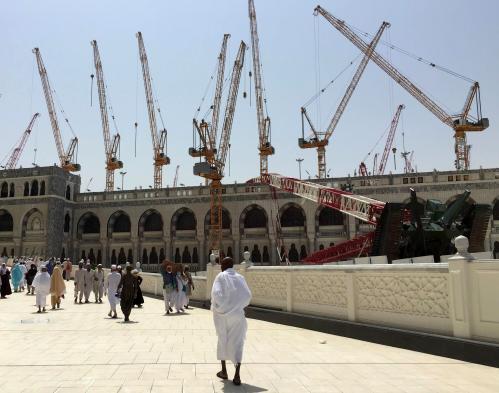
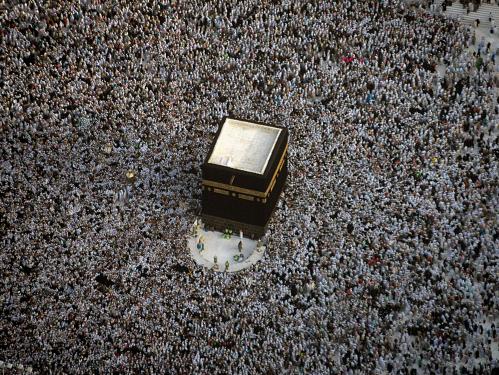

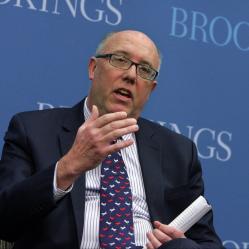
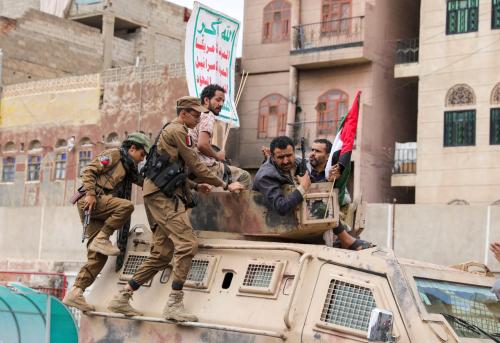
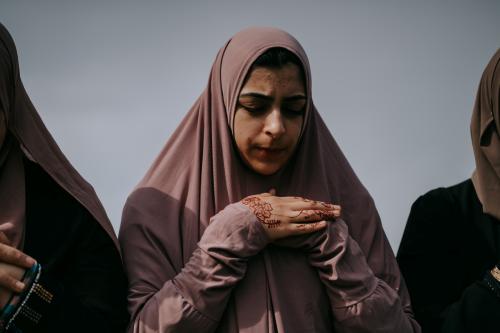
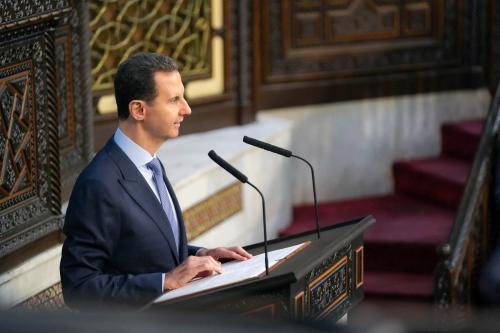
Commentary
The grand Mecca hotel
December 13, 2016